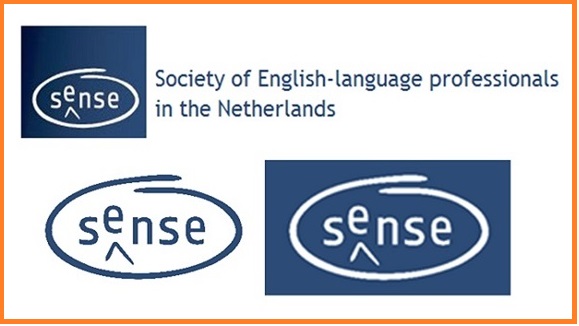
Ever since becoming SENSE Content Manager I’ve been wanting to write about the history of our Society and the composition of its membership. So I spoke to founding members, did a deep dive into our website archive, and downloaded our membership database, and I am happy to share my findings here and in a follow-up article about SENSE demographics.
The prelude to SENSE’s creation took place in 1989, when a group of 20 English-speaking people working as freelance editors in the Netherlands began meeting informally in Wageningen and Zeist under the name of the English Native-Speaking-Editors Network (ENSEN). In 1990, the group changed its name to The Society of English-Native-Speaking Editors (SENSE) and was formally registered at the chamber of commerce in The Hague. At its first General Meeting in Baarn, with 35 members, the first Constitution was ratified and an Executive Committee was formally elected. The late Peter Attwood became Chair, and the current Honorary Members Joy Burrough and Jackie Senior became Secretary and Treasurer.
A name and a meaning
In the following year, a contest was held to create a logo and a distinctive acronym. In the logo, an ellipse surrounds the word ‘sense’, which carries a caret under the letter ‘e’. A caret (^) is a symbol used by copy-editors and proofreaders to indicate a proposed insertion in a text when marking up texts manually or on paper. Both the ellipse and the caret signal the meticulous editing of the word ‘sense’, which at the time represented the name of the Society, but today is written SENSE. Not long after, the leadership chose to use orange and blue as the Society’s distinctive colours.
Growing
During its first decade, SENSE grew to 170 members. The Society began producing a quarterly newsletter printed on A4 sheets, held its first copy-editing training workshop, and launched an electronic Forum in which members could interact with each other and ask for help regarding anything related to their various language-related fields of work.
Becoming digital
SENSE continued its foray into the digital era with the launch of its first website in 2001 and four years later with the first digital newsletter called ‘eSense’, which was replaced in 2018 by a Newsletter and a Blog. In 2010, almost a decade after its launch, the website was upgraded to a content management system (CMS) for publishing website content. In 2016, SENSE’s website was updated with the modern ‘look and feel’ that it has today, and at the same time the Society became active on social media, creating and sharing content on LinkedIn, Facebook, and Twitter (currently X).
Diversifying
By early 2017, SENSE had grown to be a larger, more diverse and open institution. The Society modernized and updated its Constitution with an inclusive policy that welcomed and allowed voting rights not only to English-native speakers but to all English-language professionals in general, and changed its official name to ‘SENSE the Society of English-language professionals in the Netherlands’.
A mission and a strategy
SENSE’s mission reads, ‘We want to make sure that all SENSE members, both new and existing, are aware of all the resources SENSE has to offer to help them improve their professional skills and increase their professional networks. In addition, we want to encourage as many members as possible to actively participate in SENSE to both share their knowledge and experience and to learn from each other.’
The Society strategy for 2022‒2024 states the following goals:
- To bring English-language professionals into contact with each other.
- To provide a resource network of skills, specializations and experience.
- To encourage communication between societies and institutions involved in publishing commercial, technical and academic material in the English language.
Nowadays, SENSE represents a diverse group of roughly 280 members, encompassing translators, editors, proofreaders, copywriters, journalists, trainers, language teachers, subtitlers, interpreters, transcribers, indexers, technical writers, and content writers. There are 20 languages represented in the Society, with 88% of members living in the Netherlands and 12% living abroad. But if you want to know more, all these interesting figures will be discussed in more detail in an upcoming post titled ‘SENSE demographics 2023’.
|
Blog post by: Paula Arellano Geoffroy Website: paulaarellanogeoffroy.com LinkedIn: paula-arellano-geoffroy |
